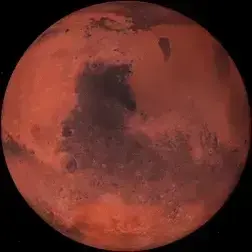While humanity has been skywatching since ancient times, much of our cosmic understanding has come about only recently. Very recently.
lol our understanding of the universe is minuscule.
I wouldn’t say understand, more like we have a couple of good guesses about some things.
Unfortunately this is a rather open ended question. We’re constantly discovering new things. The James Webb Space Telescope has only been fully functional for a short while but has already provided tons of new info.
Generally knowledge like this is similar to starting with a really low res photo that gets progressively more high res with each decade.
For example, the band of the Milky Way galaxy we can see in the sky was suggested to be made of stars itself in 5th Century BC by Democritus. In 964 AD, Abd al-Rahman al-Sufi recorded observations on the Andromeda Galaxy and Large Magellanic Cloud. 1610, Galileo confirms the Milky Way band is indeed made of stars. 1923, Edwin Hubble proves galaxies are “island” clusters of stars.
We’ve also had to rely on Newtonian Physics to describe things for a long time, but then it started being noticed that while consistent for practical things on earth, they couldn’t accurately predict things on the scale of the universe. Einstein’s general theory of relativity helped explain most of this, but still has some gaps.
Black holes were proven in the last century, but we got the first visual confirmation just a few years ago. Redshifting proving that galaxies are moving away from each other is also in the last century.
So at this point we have measurements on the general chemical make up of the universe, its size, its rate of expansion, the formation of galaxies, and how old it is starting from a specific event.
These measurements are ranges though, and those ranges get more narrow the better our instruments and the new info we get. It’s like guessing the number of jelly beans in a jar. Your first guesses can be way off because you have to eyeball, but then you’re allowed to measure the volume of the jar and the volume of a single jelly bean. You’ll be way closer than before. Then you’re allowed to measure the weight of that jelly bean and that jar. You’ll probably be a little closer. Then you’re given a variety of jelly beans to measure, so you get averages instead of basing everything on a jelly bean that might be an outlier.
So, in a binary way we don’t have the exact right answer for a lot of the universe, but each new discovery trends toward us being more correct than we were before.



